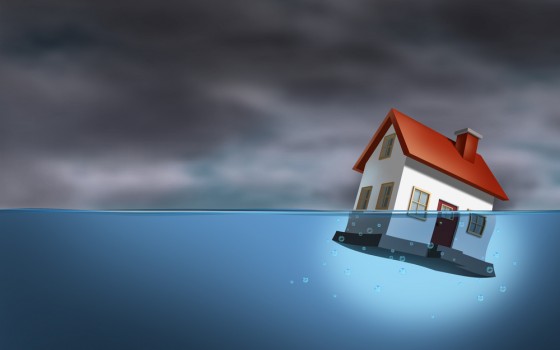 Last week, Florida Insurance Commissioner Kevin McCarty announced that his office is in the process of developing guidelines for insurance companies to request approval to write primary flood insurance in the state. This announcement came just one day after Rebecca Matthews, McCarty’s deputy chief of staff, told the Florida Senate Banking and Insurance Committee that the Florida Office of Insurance Regulation (FLOIR) was in talks with various insurance companies regarding writing primary flood coverage in the state. These developments are in response to continuing concerns about escalating flood insurance rates due to the Bigger-Waters Act of 2012.
Last week, Florida Insurance Commissioner Kevin McCarty announced that his office is in the process of developing guidelines for insurance companies to request approval to write primary flood insurance in the state. This announcement came just one day after Rebecca Matthews, McCarty’s deputy chief of staff, told the Florida Senate Banking and Insurance Committee that the Florida Office of Insurance Regulation (FLOIR) was in talks with various insurance companies regarding writing primary flood coverage in the state. These developments are in response to continuing concerns about escalating flood insurance rates due to the Bigger-Waters Act of 2012.
The Biggert-Waters Act of 2012 extended the National Flood Insurance Program by several years while also putting in place several reforms meant to make the program more solvent. One of those reforms was a phasing in of actuarial flood insurance rates over time.
For many the increased premium will be significant, if not severe. In Florida, the biggest hit will be to homes built prior to 1974 in high risk flood zones. At last week’s hearing it was reported that some of those homes could see rates rise from 0 to ,000.
Current owners of those properties will continue to receive subsidized rates, but those subsidies will discontinue once the property is sold thus hindering the Florida real estate market.
Florida officials hope that the private primary flood coverage can serve as a viable alternative to the NFIP by providing lower premium rates, but there are significant hurdles to overcome. Private insurers will likely be hesitant to cover properties that the federal government has deemed high risk and there are legitimate concerns about the lack of available data and information to properly underwrite the risk.
“The private sector has not written flood insurance because when you start a company you have to have a ‘me, too’ filing of something that already exists,” said Locke Burt, an owner of Security First Insurance. No such company currently exists in Florida.
Florida Rep. Bryan Nelson added that “the big problem we have is we don’t have enough information to base a decision on, and until we have expected-loss ratios, I don’t think the private sector is going to be ready to jump in.”
Another NFIP alternative being considered would be the creation of a Florida flood insurance pool. Sen. David Simmons, chairman of the Florida Senate Banking and Insurance Committee, signaled that this could be an option if the private market is unable to respond fast enough. The hope is that the pool could provide lower rates than the NFIP.
Florida officials also continue to push for delays in NFIP rate hikes.
Gov. Rick Scott called on President Obama to halt the hikes. “The president signed the bill. He can have an impact by stopping this.”

